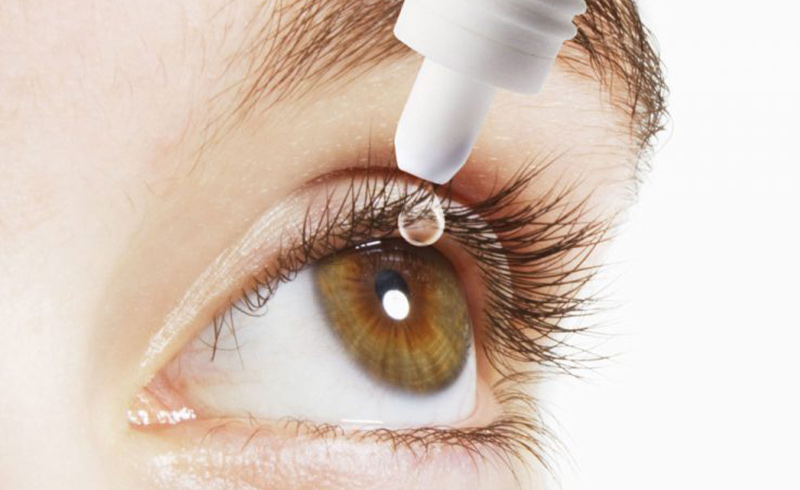
Eye allergy otherwise known as allergic conjunctivitis is a common eye problem suffered millions of people annually. The problem occurs when the eye comes in contact with an allergen (irritating substance) such as smoke, pet dander, mold, perfume, pollen, or dust.
It is important to note that eye allergy is different from “pink eye” which is also known as conjunctivitis. While pink eye or conjunctivitis is the irritation or inflammation of the conjunctiva (a thin membrane covering the eye), eye allergy is simply the eye’s reaction to allergens.
Common Types of Eye Allergies
Although both come with similar symptoms, conjunctivitis is often caused the eyes to become itchy, red (or pink), swollen eyelids, watery, and can sometimes lead to scaling around the eyes. Conjunctivitis can be caused by bacterial infections or viruses and it is highly contagious.
While eye allergies may occur at any time of the year, the condition is common during summer, spring, and fall when the weather is windy and dry. The high level of dust and plant pollen present in the air during these periods increases the risks of the eye coming on contact with allergens.
Some people also suffer from Perennial allergic conjunctivitis (PAC). For them, the condition is with them all year round but the symptoms may be milder. On the other hand, those that suffer from Vernal keratoconjunctivitis often experience more severe symptoms and can even lead to significant tearing, light aversion and vision impairment, if left untreated.
For older patients, Atopic keratoconjunctivitis which is quite similar to Vernal keratoconjunctivitis is common; especially for patients with a history of allergic dermatitis. Atopic keratoconjunctivitis can lead to scarring of the cornea.
Wearing contact lenses can also lead to contact allergic conjunctivitis or a more severe condition known as Giant papillary conjunctivitis. This is often accompanied by several symptoms including tearing, reduced tolerance for contact lenses, mucous discharge, blurred vision, and itchiness.
How Eye Allergy is Diagnosed
Diagnosis for eye allergies is simple and painless. An allergist or eye specialist will ask you questions related to your medical history and how long you have been experiencing eye allergies.
To determine the causes of the symptoms you are experiencing, the allergist may perform a skin prick test. To do this, the allergist will pierce your skin and insert a small amount of the allergen suspected to be causing the problem to see how your skin reacts to it.
Another kind of test may involve examining your eyes with a microscope to identify swollen blood vessels.
Prevention and Treatment for Eye Allergies
Staying away from allergen remains the best treatment for eye allergies. If you suffer from seasonal eye allergies, try as much as possible to stay indoors when the wind is blowing. Especially during summer, spring or fall. If you must stay out, wear glasses when outdoors to reduce the risks of coming in contact with allergens.
When indoors, you should endeavor to keep your windows closed and your air conditioning units should be cleaned regularly. Your beddings should be protected with mite-proof covers and washed regularly with hot water.
In addition, your home should be kept clean and dust free at all times. The humidity should be kept low, within 30 to 50 percent and the more humid parts of the house such as basement should be regulated with a dehumidifier.
If you keep pets, ensure to keep your house as dander-free as possible. Your pets should be housed separately and make sure you clean up after visiting your pets.
Over-the-counter eyedrops and oral medications are often effective for treating eye allergies with mild symptoms. Also, make sure you avoid rubbing your eyes as this may worsen the condition.
However, prolonged use of nonprescription eyedrops or oral medications may cause the condition to become worse. If the symptoms persist after three days of using nonprescription medication, it is advisable to see an allergist or someone specialized in diagnosing and treating eye allergies.



